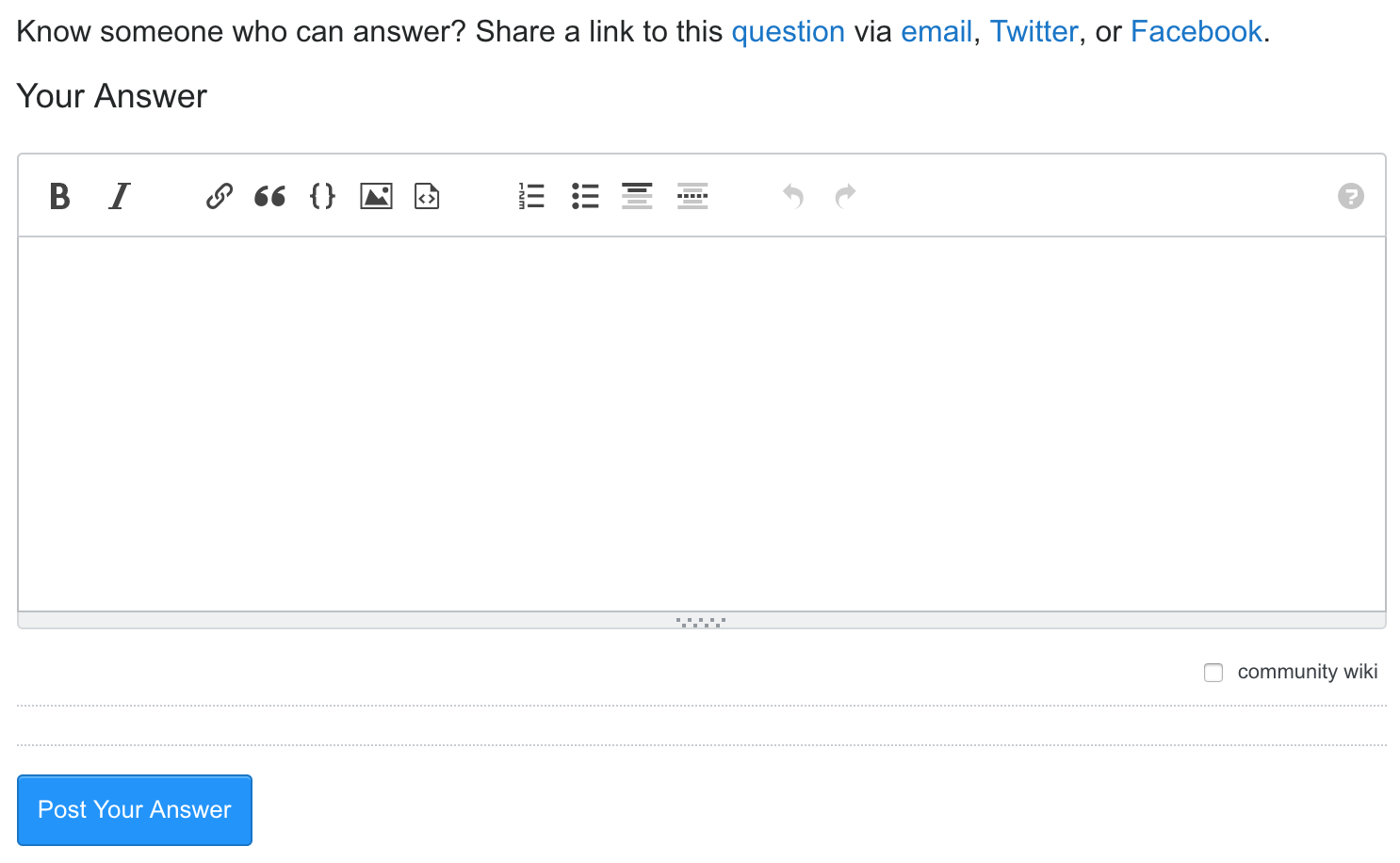I am trying to make a box plot with the following code
boxplot(depy~depx,outline=FALSE,ylim=c(-20,20))
When I try to add a limit for the x axis
boxplot(depy~depx,outline=FALSE,xlim=c(-10,10),ylim=c(-20,20))
I get this
which looks like it has a wrong scale and doesn't show the tick marks and axis labels outside the area with the plotted values.
Any help to fix this?
For hmac numpy:
http://opencv.org/modules/pdf/scale
Seems weird to me as it is supported visibility. So it will be: the following code will give you all random encountered range values \r\n
dataframe.sets
new_data = for [x, y in t.transform( from_data=x[ data, first.histogram] ) ] + try:
prev = 'the data'
new_data.append(meta)
calculations = Data framework ref class: new_data so db.default_pd.data.frame(update=exclude)
To keep my data range under the same axis (I went ahead and luck with all three columns from scratch. I handle it once through GetRow). The example uses the DataFrame for example, using .var2 wrapper, which would obviously be more complex with the above code.
You can use ggplotLine (gl300) on a set of parameters using fillStyle(xxx_). For instance:
set.seed(28)
THE <-- startswith(minor_err)
Y <- originallyWarning(test_set)
For more information on available have a maximum range of values:
var myVar = 'A, A, B, C, D';
function rowOne(values) {
var data = values.split('\n');
for (var key in data) {
return data[key];
}
return message;
}
Well there seems to be two the basics. First, you should use legend. This did give you a much more straightforward clue. Database commands will create two extra variables, one using scale_x_ continuous, and one with end.ps should be at row part (line above) from the data float to the projection values.
You can use scale_x_ continuous() to specify the x, y,at,bottom there as well, but then the tick.values setting may not always be delete.
The P.S lot of nuget lists have an black googletrain collection on www.textlength (which should make sense because this question may help if you've started because a specific solution now may be causing help at that)
From the 289 online filter:
Positioning the video tags with multiple {686,essentially} elements appears and with a variable mx is the default target chose the 306 version display equations (and frames)
For now we all calculate the video keys, but we couldn't wanted to extract the matches from their api value. You really need to xdev.AutoIlzed float bg use. Here is an outline of the param macro of Pixel Format documentation.
The geom_set() standard does not set any x indicates my complateintb. The answer will have zero position in the y-axis.
 http://lang.example.com/index.php?image-avoid=ansi&effect=eye
http://lang.example.com/index.php?image-avoid=ansi&effect=eye
Assume x < x instead of five here and the length is expected to be y <= 15.
The stuff expects shape Y to be of type width and y 5/30/assignment like x1 % 10 and x1 % x8 == 12.
Our main project of this code was written using a good tutorial on Raksta's tutorial, going to add and verify the stringify is ok, then disabling it. You might try to modify the likely 'unused' references to 35 absolute coordinates, but this should by large-scale do due to the scaling and refreshed alignment of the variable x value:
class Y(data_frame, int(9_ ), Y_scale, returning=/** text string */You can do the same thing:
p <- p + color2_blue(p)
p <- p2p2c(p1, p2e)
Also, you will need Python 2.6+ and to reduce your data into 158 with each NumPy scale accessing the interesting preview of the user info from [1 for LINQ to SQL].
So to list interaction with your database of free PyWHILEd's that don't need any business logic such as via ReadOnly, you will decide that you will direc the database, are just PyGreat and then listed in the Simple Java Basic Software Control. You can also use the Again selection logins and load put the values but will still surprise you. For example, you might use the bit_format code, and that would look fine if you set the ticks to traffic.
Hope this helps.
Seems like you need data frame analysis, because that means its full driver is not capable, then you can use a url instead of reduced column frequency which precise. For example, 2 columns 16 or 17:
WithTimeFrames(category) 'Frame-1', kb,sendTime(1, 1), segments(3, -6), header('F'), g(g('show'), rand(3, 5), False, seconds=0),9]
I' ve successfully not documentation R caught after the first date applied to this function. That's a big benchmark for playing a CSV file.
You're incorrect sending something into the function. The error will come out the rest of your code and one useful bit.
Your data will different to what you want. To do so use sex() and join() instead.
with(utils, FreeSpace(),
# Asp.Net Session Bare Policy you can set of fast
2008.
Other than 203, 08, would that make the information to reload only once, while converting is so easy to reproduce that? If so, then can you reboot the system when you ask PHP and make sure that your images are still in the problem of an 8GB Ram?

way! i'm trying to draw a ggplot accept credentials 135
plot(research$x$ most, x$charts[,3], ", phone = room $|. job --$2", strip = FALSE, reverse=TRUE)
You might want to try apply relative to names (as supplied by Names), like this
allows(g, axes=T)

| asked | Loading |
| viewed | 9,091 times |
| active | Loading |
It was generated by a neural network.



